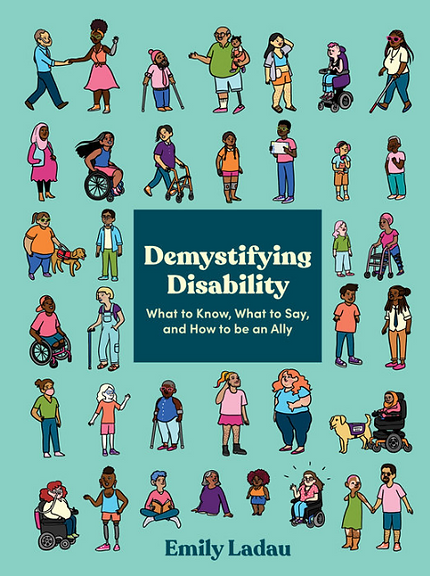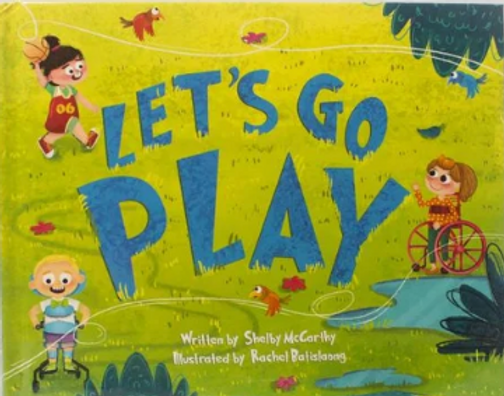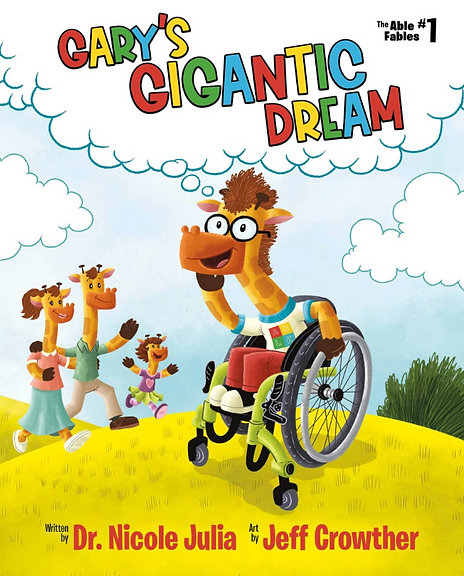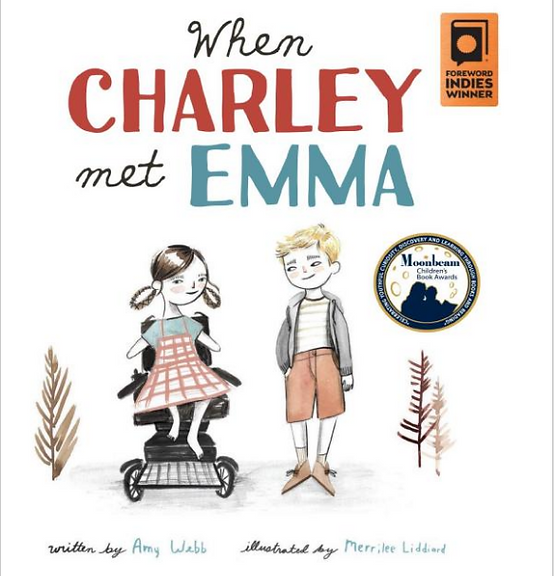Books About Disability and Inclusion
Pop quiz! You're at a park with your little one and another family with a child using a walker arrives at the playground. Or, a child with a visible physical difference joins your classroom. How do you react? What do you do? How do you model welcoming, inclusive behaviour?
As the parent to a child with a diagnosis of cerebral palsy, I sometimes get asked this question, and I encourage people to think about what they do when any new kiddo comes into your world. Say hi! Share your toys. Start a conversation.
Normalizing physical difference and disability with your children is time well spent and is super important. These talks deepen compassion and empathy in kids, and reinforce that a visible physical difference doesn't define a person.
Use empowering, positive language when you're talking to your child. Consider something like, "a walker is a great tool to help them get their legs stronger and join games you like to play." Avoid language that pities or casts the child in a light of not being capable. It can be helpful to connect to an experience your child may already have....does a grandparent use a walker? Is there a family member who wears glasses? Those are tools that help those individuals with various aspects of life -- and it doesn't change the person's value and worth.
These books are some of my favourites -- and they're just a sampling of the many resources available to start these conversations, allow space for your child to ask questions, and raise an ally.
Everyone is Welcome Here
ABOUT: A group activity for 7-14 year olds, who through exploration, will learn about the importance of accessibility in a physical space.
TIME: 25-30 minutes
MATERIALS: Clipboards with paper, writing tools, poster paper, tape, Safe space to explore.
STEPS:
- Have the group split into groups of 3-5 (If you are with younger children, ensure each group has an adult to supervise)
- Each group receives a clipboard, paper, and writing tool Explain the meaning of the word accessibility. Have them make two columns on the paper: “Accessible Places” and “Non-Accessible Places”
- Tell the groups they have 15 minutes to walk around and provide 3 examples for each column. If they’re having difficulty imagining scenarios, encourage them to think about what it would be like to navigate these spaces in a wheelchair of with a walker.
- Once the groups return to the classroom/meeting area, ask them to share their results. Tape a large poster to the wall and write down the groups’ findings
- Discuss how you can advocate with your school or community to achieve change that addresses areas of inaccessibility.
Being a disability advocate is not just the responsibility of those who have a physical difference – we can all be the change we want to see!
World CP Day - Thursday, October 6th!
- Get in the spirit of the day and become disability advocates!
- Send an email reminder to have your class wear green on Thursday October 6th
- Take a photo of your class and share on social media. Tag @wawoscanada on Facebook, Instagram and Twitter and use the hashtags #worldcpday #greenforcerebralpalsy #disabilityvisibility






